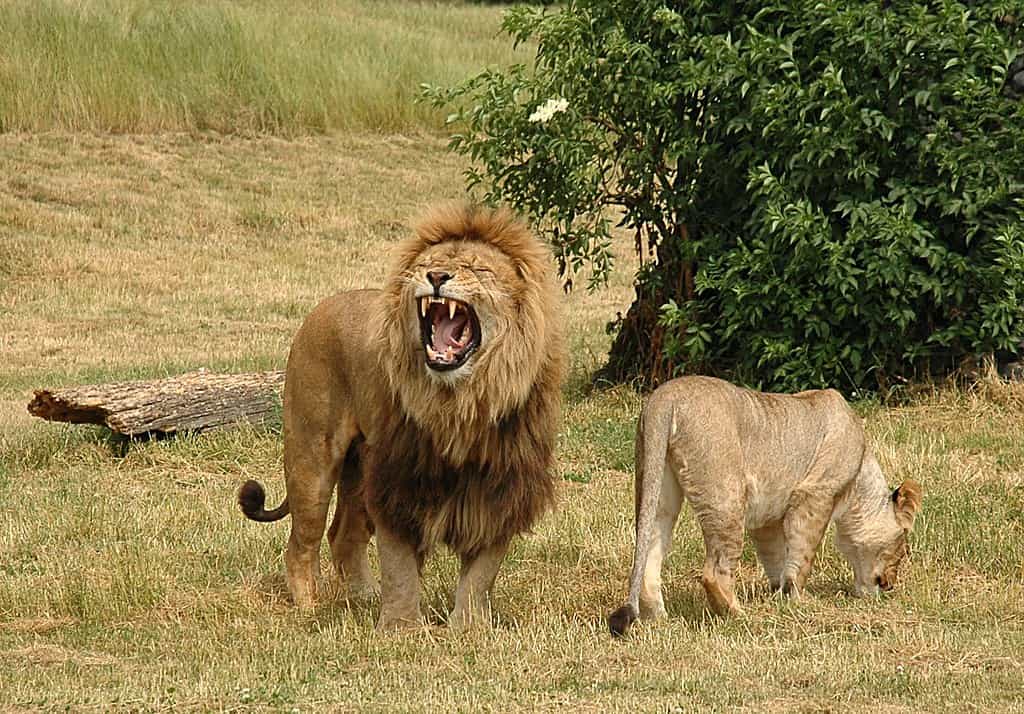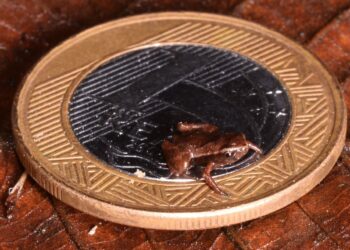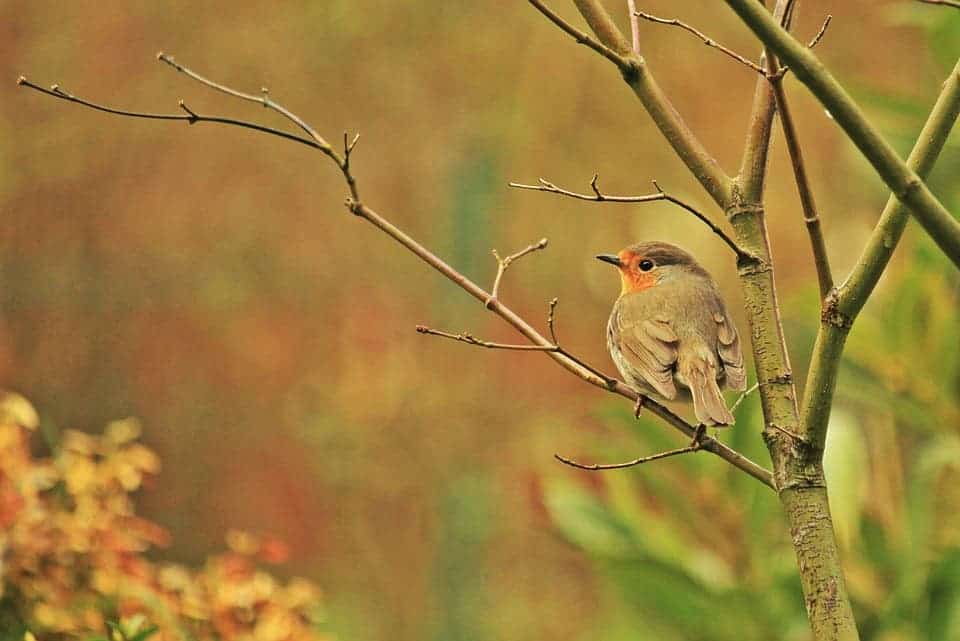Humans use far more species for their own purposes than any other animal on Earth, exploiting up to 300 times more species than other predators, according to a new study. The researchers analyzed human use data for over 45,000 vertebrate species and found humans prey on over a third of Earth’s vertebrates and overexploit even more.

Boris Worm, a marine ecologist at Dalhousie University, and his team compared humans to other predatory species, such as lions, tigers, and sharks. “We’re an extraordinary predator,” Worm said in a statement — and that’s putting it mildly. We humans are the real kings of the planet, and we don’t shy away from imposing our will on other species. In fact, the findings show people have a much broader impact on biodiversity than expected.
Earth’s most important predator
Though it doesn’t reach the headlines as often as climate change, the natural world is facing a big crisis. We’re basically living through (and causing) the sixth mass extinction. This is influenced by changes in land use and direct exploitation of natural resources and invasive species, among others. Countries agreed last year on a plan to curb biodiversity loss by 2030, but this is progressing even slower than with climate change.
In fact, we’re not even sure how big of an impact we’re causing.
To address this, Worm and a group of scientists from 14 research institutions did a comprehensive analysis of human “use” data for 45,000 species of vertebrates. This vast dataset included a wide range of creatures such as fish, mammals, birds, reptiles, and amphibians. While other predators just hunt for sustenance, humans have much-varied uses for prey species.
When it comes to marine creatures, we mostly eat marine and freshwater fishes (72% of species) — but this isn’t the case on land. For land creatures, use as pets is twice as common (74%) as food use (39%). Sport hunting and other forms of collection such as trophies cause the use of 8% of exploited terrestrial species.
“Comparing humans to other vertebrate carnivores, we have emerged as the planet’s most extraordinary predator, doing things that other predators do not. This includes commonly killing or capturing for reasons other than feeding themselves, as well as endangering thousands of prey species simultaneously,” Chris Darimont, study author, said in a statement.
Use and abuse
Not all our use of animals is the same — it varies quite a lot geographically. The equatorial regions, where species richness is highest, had the highest number of exploited species. There are also areas with disproportionally high (most ocean basins, India, North Africa and Northern Eurasia) or low (Central and South America, Southern Ocean) use of species.
Simultaneously, they also found that most of the species targeted by humans are larger-bodied, longer-lived, have more herbivorous diets, and have larger habitat breadths than those species not used. “The unnatural selection of animals by human predators could lead to a range of repercussions across ecosystems,” Rob Cooke, study co-author, said in a statement
The researchers acknowledge that many hunters and fishers can have a sustainable relationship with the animals they use, which can help humans reshape their overall relationship with animals. However, more indiscriminate forms of use, such as industrialized fisheries, are dominant and need attention from policymakers, they added.
“What this paper has done for me is really made me think of our relationship to wildlife and nature. The good news is that humanity now recognizes our destructive tendencies and there is a real attempt to use the best available science to get things right, here in Canada and around the world,” Worm added.
The study was published in the journal Communications Biology.





